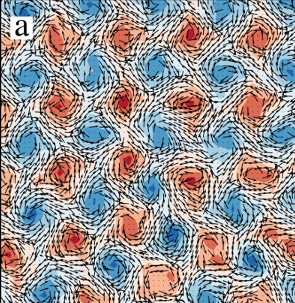Collective Information Processing - Interplay of self-organization and function in collective (biological) systems
Time
Monday, 27. April 2020
11:45 - 12:45
Location
Online
Organizer
Centre for the Advanced Study of Collective Behaviour
Speaker:
Pawel Romanczuk, Humboldt University of Berlin
This event is part of an event series „Seminar Series of CASCB“.
View the recording of Pawel's talk here
Pawel Romanczuk is the Principal Investigator of the Collective Information Processing research group at the Institute for Theoretical Biology, Humboldt University of Berlin. He is a theoretical physicist interested in applying statistical physics and stochastic processes to biological and ecological problems. His current research questions include, how is collective behavior shaped and constrained by locally available sensory information, how to determine causal information flows between individuals in animal groups, and how do animal and human groups process information in a collective way.
Collective Information Processing - Interplay of self-organization and function in collective (biological) systems
Animal groups or cellular ensembles represent fascinating examples of self-organized biological systems. In contrast to non-living physical systems, self-organized biological collectives are the result of long-term evolutionary adaptations to a specific ecological niche, where collective behavior provides evolutionary benefits to individual agents. However, collective information processing is also always subject to constraints set by the interaction mechanisms and corresponding self-organized dynamical structure. My general research interest is exactly this interplay between self-organization and function in collective behavior in a variety of model systems ranging from cellular aggregates, via insect swarms to fish schools. The main methodological approach of my lab is mathematical modeling in close collaboration with experimental groups whenever possible, recently also including direct involvement in design and performance of experiments on fish in the lab and in the field. Here, however, I will focus on two modeling studies investigating the interplay between structure and biological function: 1) Attention trade-offs in flocking in complex environments under sensory/cognitive constraints, and 2) Collective decision making on networks in complex information environments.

